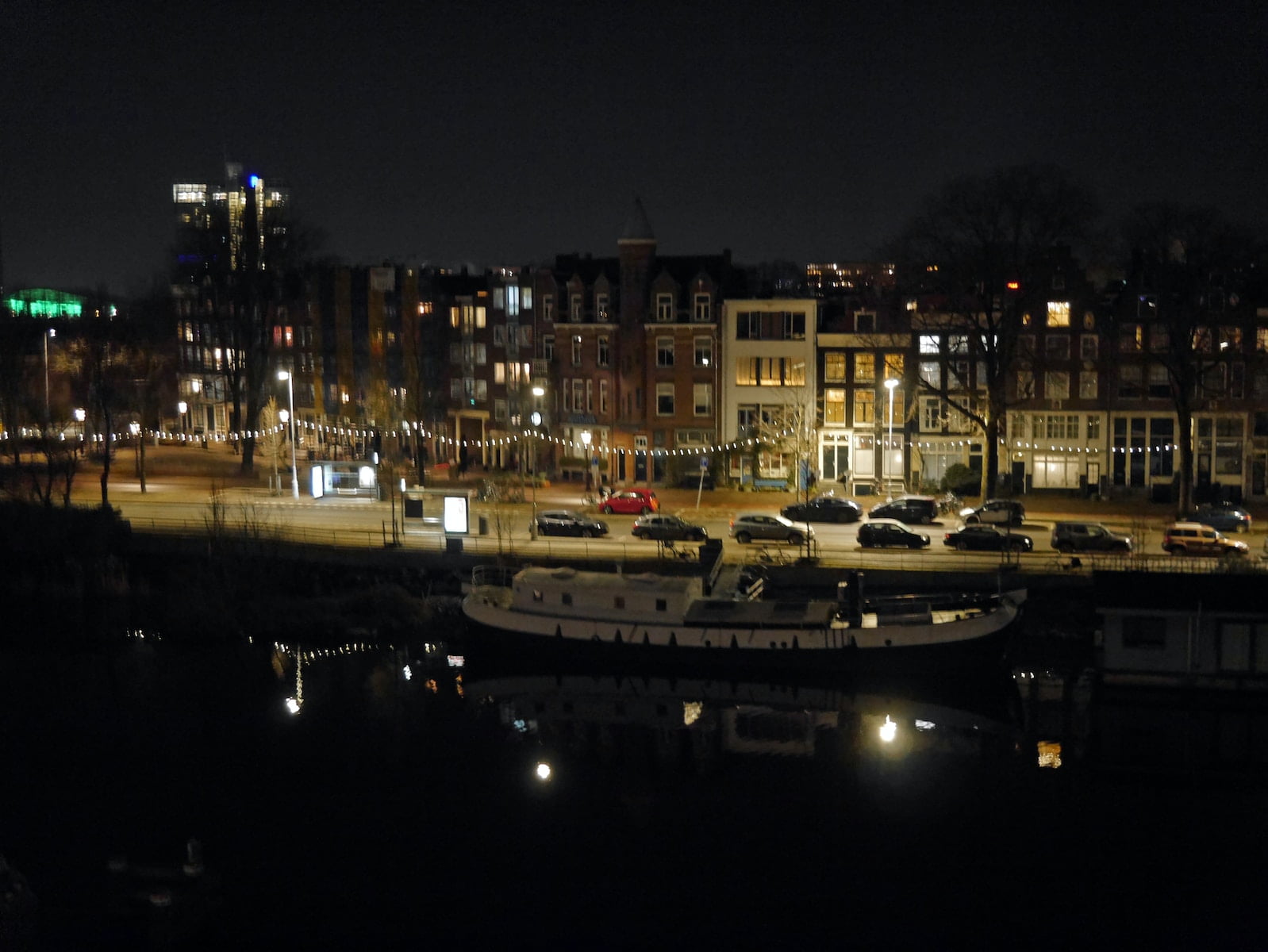5 Things You Should Know About How Dark Sky Ordinances Work

How Dark Sky Ordinances Work is no longer a mystery. In a world where artificial light increasingly obscures the beauty of the night sky, these ordinances are our shield, preserving the cosmos for future generations. But, what’s the nitty-gritty behind these ordinances? Let’s take a dive into the depths of the dark sky.🌌
1. What are Dark Sky Ordinances (DSOs)?
Dark Sky Ordinances, in simple terms, are local laws that aim to manage and control outdoor lighting. They serve a critical role in combating light pollution, which is the excessive or misdirected artificial light produced by human activities.
How do they combat light pollution?
DSOs tackle light pollution by implementing restrictions on outdoor lighting. They take into account factors like the local climate, geography, and urban development patterns. The ordinances aim at controlling the intensity, direction, and type of light used, minimizing its detrimental impact on the night sky.
2. Why are Dark Sky Ordinances important?
The importance of preserving dark skies can’t be overstated. The benefits extend beyond simply maintaining our ability to stargaze.
Impact on Wildlife
Artificial light at night can disrupt the natural behaviors and cycles of wildlife. For instance, birds that migrate at night can become disoriented by artificial light, causing them to veer off course, collide with buildings, or become vulnerable to predators. How Dark Sky Ordinances Work in this context is by reducing such disruptions, contributing to the health and survival of our wildlife. 🐦
Human Health and Well-being
Excessive artificial light at night can have significant health implications for humans. It disrupts our circadian rhythms—the internal biological clock that regulates our sleep-wake cycle. By reducing light pollution, DSOs help safeguard our health and well-being.
3. What does a typical Dark Sky Ordinance look like?
DSOs are complex and multifaceted, covering various aspects of outdoor lighting.
Lighting restrictions
Lighting restrictions form the backbone of any DSO. They usually include regulations on the intensity and color temperature of outdoor lighting. Most DSOs also have “shielding” requirements, directing light downward rather than upwards into the sky or horizontally into people’s eyes. Moreover, many ordinances also have “curfew” provisions, stipulating that certain types of lighting must be turned off or dimmed at certain times.
Exemptions
Not all lights are subject to DSOs. There are often exemptions for safety, security, and special events. However, these exemptions do not mean a free-for-all. Even exempted lighting must be carefully considered to minimize unnecessary light pollution.
4. How are Dark Sky Ordinances implemented?
Successful implementation of DSOs involves community engagement, education, and enforcement.
Community Engagement and Education
Residents, businesses, and local authorities must understand the benefits of preserving dark skies and how they can contribute. This involves raising awareness about light pollution and its impacts, as well as the measures that can be taken to mitigate it.
Compliance and Enforcement
Once a DSO is in place, it’s crucial to ensure that it’s adhered to. This involves regular monitoring and enforcement. It’s also important to provide support for those who need to update their lighting to comply with the ordinance.
5. What are the challenges and future of Dark Sky Ordinances?
While the benefits of DSOs are clear, implementing them is not without challenges. However, the future of DSOs is bright—or rather, dark!
Economic Concerns and Balance between Development and Preservation
One of the main criticisms of DSOsis the perceived economic cost. Businesses and residents may be concerned about the expense of replacing non-compliant lighting fixtures. However, it’s crucial to consider the long-term savings due to the energy efficiency of modern, compliant light fixtures. Additionally, DSOs can enhance tourism by creating attractive environments for stargazing and other night-time activities.

Finding a balance between development and preservation is another challenge. While it’s vital to preserve our dark skies, we also need to ensure adequate lighting for safety and security. The key here is to use lighting wisely, adhering to the principles of using the right amount of light, at the right place, at the right time, and of the right color.⚖️
Technological Advancements
Advancements in lighting technology offer promising solutions for reducing light pollution. For instance, LED lights are highly energy-efficient and can be easily adjusted in terms of intensity and color. Moreover, smart lighting systems allow for greater control over lighting. As these technologies become more widespread and affordable, they will play a crucial role in the future of DSOs.💡
The movement to protect dark skies is gaining momentum globally. More cities are implementing DSOs, and there’s increasing international cooperation to address light pollution. As the importance of dark skies becomes more widely recognized, sharing knowledge and best practices will be critical to the effective implementation of these ordinances.
Glossary of Terms
- Dark Sky Ordinances (DSOs): Local laws enacted to manage outdoor lighting and reduce light pollution.
- Light Pollution: The excessive or misdirected artificial light produced by human activity.
- Circadian Rhythms: The internal biological clock that regulates our sleep-wake cycle.
- Shielding Requirements: Provisions in a DSO that require outdoor light fixtures to be designed or placed so that light is directed downward.
- Curfew Provisions: Rules in a DSO that stipulate certain types of lighting must be turned off or dimmed at certain times.
In conclusion, understanding How Dark Sky Ordinances Work is the first step towards taking action. These regulations can help us preserve the night sky’s beauty, conserve our environment, and protect wildlife and human health. So, let’s flip the switch, step out, and enjoy the beauty of a truly dark sky! 🌠

